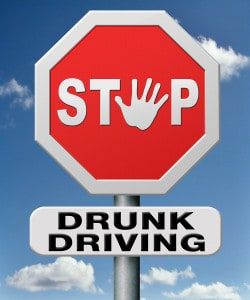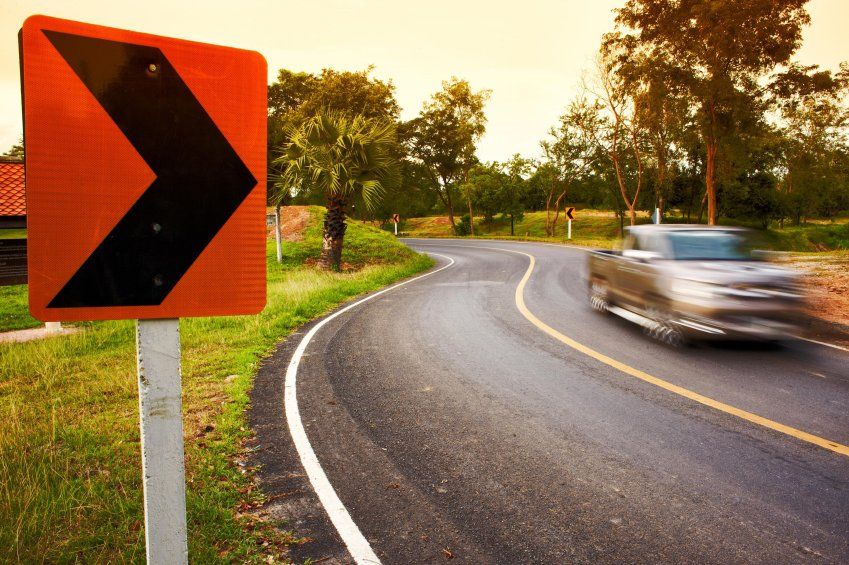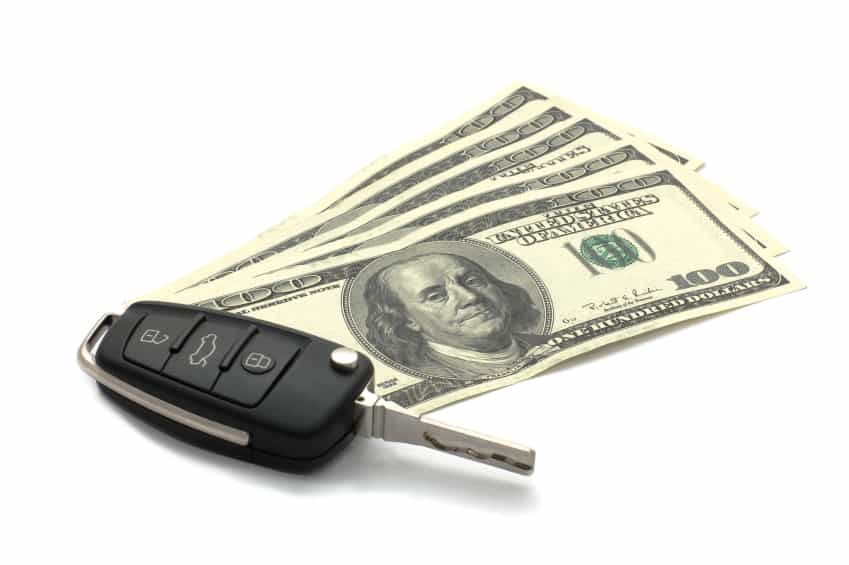 It is a known fact that the higher your blood alcohol concentration (BAC), the more likely you are to be involved in an accident if you are driving. Across the U.S., our legal BAC limit for intoxication is at .08 percent, a few steps beyond a “buzz” but, not quite to a “super drunk” BAC. Considering any alcohol before driving can end tragically, which type of drunk driver should get the biggest amount of attention and intervention… the buzzed driver, or that “super drunk” on the road?
It is a known fact that the higher your blood alcohol concentration (BAC), the more likely you are to be involved in an accident if you are driving. Across the U.S., our legal BAC limit for intoxication is at .08 percent, a few steps beyond a “buzz” but, not quite to a “super drunk” BAC. Considering any alcohol before driving can end tragically, which type of drunk driver should get the biggest amount of attention and intervention… the buzzed driver, or that “super drunk” on the road?
In states without all-offender car breathalyzer or ignition interlock requirements, a drunk driving offender with a high BAC (.12 percent and higher) is the exception to the “first offense” rule. They are likely to have the requirement even if they’ve never had a drunk driving conviction for several reasons, including that a high BAC statistically causes the most fatal accidents. They are also the most likely to receive substance abuse counseling, higher fines, jail time and community service hours to complete. A high BAC is an immediate concern that should not be ignored.
But, buzzed driving can be dangerous, too, which is why some states have lower BAC drunk driving penalties that start around .05 percent. Buzzed driving can lead to a habitual pattern of drinking and driving, ramping up the “ability” to drive while impaired, and eventually leading to the same risky choice at a higher BAC. For some, even that low BAC buzz is enough to be a risk on the road the first time they try to drive, an important reason to consider lowering the legal limit for intoxication.
Both kinds of intoxicated drivers are dangers for others on the road, and for any passengers in their vehicles. By addressing both buzzed and “super drunk” drivers with tough consequences and preventative methods like ignition interlock devices, lives can be spared the destruction of any sort of drunk driving incident.

 A Deadly Connection: DUI and Street Racing
A Deadly Connection: DUI and Street Racing